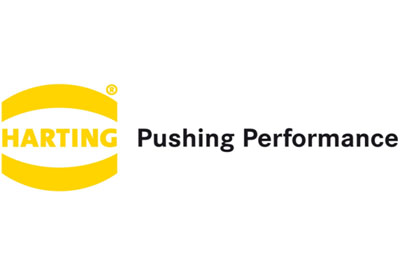Nowadays, mechanical engineering means software development

January 6, 2020
Nowadays, software development accounts for a significant part of the engineering work in mechanical engineering. Software tools from the world of IT are playing an ever greater role too. For machine manufacturers, software is valuable intellectual property. After all, it is a product of their know-how which helps to maximize the productivity of machines and systems. Through software, they stand out from the competition and can offer individual customer variants in a cost-effective manner. For machine users, being able to connect machines to their IT systems easily is becoming increasingly important. The communication capabilities of machine software are thus a key purchasing criterion.
The consumer and office worlds – a model
Previous automation solutions reflect this shifting only to a certain extent. In many cases, they tie software developers to proprietary systems or provide island solutions which are difficult to integrate. Worse still, they restrict software developers to a few programming languages from the world of automation and do not allow access to core functions. The consumer and office worlds show the route that needs to be followed: complex programs for individual platforms like PCs have long since been replaced by apps which run on all device classes. Software solutions can be connected wirelessly and operation is easier than ever before. New devices in networks, whether they are in offices or at home, connect automatically and are recognized by other devices.
Hardware for all applications
A modern, future-viable automation solution should take all of this into account. It should provide a high-performance hardware platform for all automation tasks. Software programmed once should work on embedded controls, in IPCs or in drives themselves. As a result, machine manufacturers can scale their solutions with no additional outlay and keep better control over their range of different variants.
App technology is revolutionizing engineering
The standardized PLC and CNC languages are still important, but they are not enough. Machine manufacturers need to be able to implement their know-how in the widespread high-level and Internet languages too. In the future, they will combine machine, process and communication apps like apps on a smartphone in order to meet individual customer requirements and provide further apps over the course of the life cycle. This will change the entire engineering process. Machine manufacturers will be able to use development platforms like GitHub, where millions of users program and provide functions in C languages, Python, Blockly and many other languages. A key requirement here is a central nervous system for control purposes which ensures that real-time and non-real-time data can be exchanged for all apps.
Openness means future viability
A third requirement is absolute openness both within automation systems as a result of open standards and towards the Internet of Things and higher-level IT. This is the only way to ensure that software developers and engineers can combine the best components regardless of the manufacturers. The openness for the connection to IT systems, whether on premise or in the cloud, is a mandatory prerequisite for all types of machines and systems. End users need this openness in order to implement Industry 4.0 or the Factory of the Future. At the moment, around 30 different standards and protocols for exchanging data with IT systems are available.
The new crtlX AUTOMATION platform meets the requirements as regards future-viable automation: it is based on an end-to-end, high-performance hardware platform for all applications. With its app technology, it gives machine manufacturers an unprecedented degree of freedom to create functions in virtually any programming languages while protecting company know how. It also allows these functions to be combined on an individual basis. ctrlX AUTOMATION is the most open automation platform available on the market. It supports numerous open standards within the world of automation and allows access to key control system functions. Most importantly, it offers more than 30 communication options for IT systems and the IoT and thus ensures that machines can easily be connected in the Factory of the Future.















